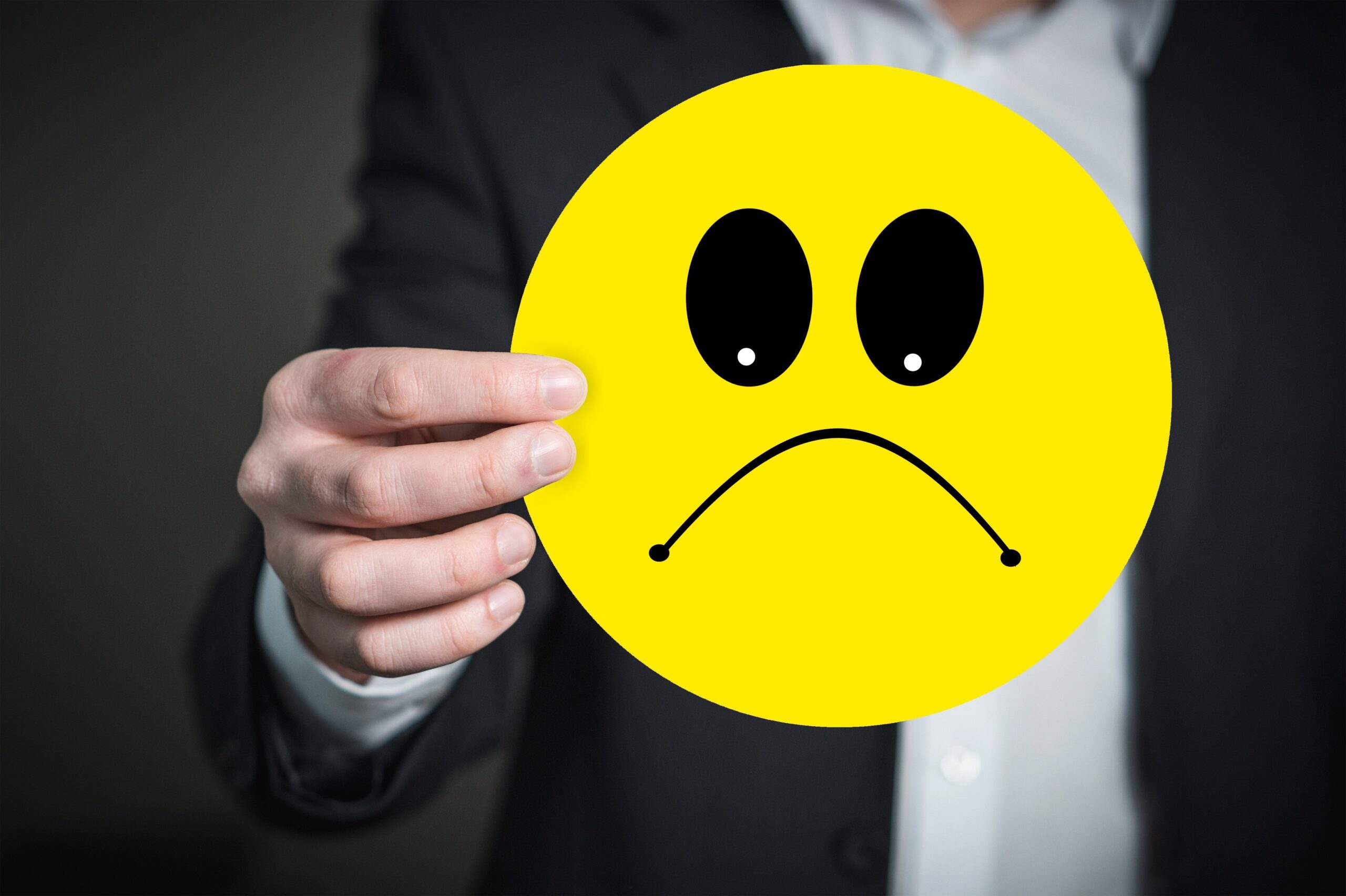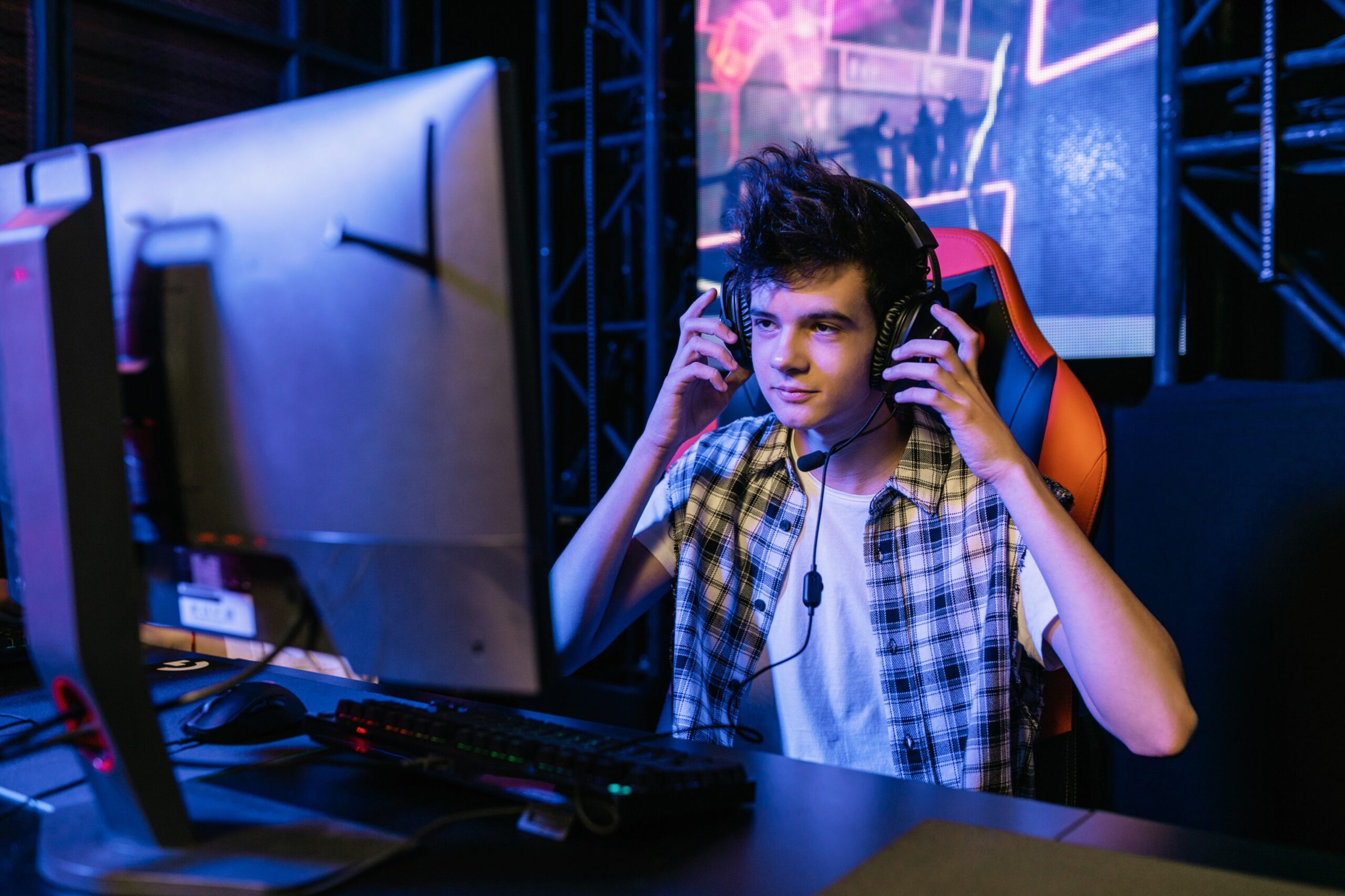Toxic Gaming: How to Recognize, Address, and Create Positive Gaming Communities
Toxic Gaming: How to Recognize, Address, and Create Positive Gaming Communities
Gaming’s supposed to be a fun escape, a way to connect with others and dive into new worlds. But let’s face it—sometimes, it feels like you’re stepping into a battlefield of insults, harassment, and negativity. Toxic gaming has become a growing issue, casting a shadow over what should be an enjoyable experience.
I’ve seen how this behavior can ruin matches, alienate players, and even discourage newcomers from sticking around. It’s not just about trash talk; it’s about creating a space where everyone feels unwelcome. So why does this happen, and more importantly, how can we tackle it?
What Is Toxic Gaming?
Toxic gaming refers to harmful behaviors and attitudes exhibited by players within gaming communities. These behaviors include harassment, verbal abuse, cheating, and unsportsmanlike actions. Toxicity manifests through insults, threats, team sabotage, or exploiting game mechanics to disrupt others’ experiences.
Online multiplayer games often highlight toxic gaming due to their competitive nature. Players may target teammates or opponents, using slurs or other derogatory language to provoke anger or assert dominance. This creates a hostile environment, especially for new or casual players.
Social media and in-game chat systems amplify these behaviors by providing platforms for unchecked negativity. In extreme cases, toxic actions escalate to doxxing or cyberbullying, crossing into real-life harm. This culture discourages player participation and compromises the inclusivity of gaming spaces.
Common Behaviors in Toxic Gaming
Toxic gaming often manifests through specific harmful actions that disrupt player experiences and community harmony. These behaviors damage trust, create hostility, and deter inclusivity in gaming spaces.
Verbal Abuse and Hate Speech
Verbal abuse and hate speech dominate toxic gaming, especially in competitive online titles. Players use slurs, profanity, or derogatory remarks to insult teammates or opponents. For example, racial or gender-based slurs often surface in voice or text chat, causing discomfort and alienation. This behavior escalates tension and discourages players from engaging in otherwise enjoyable matches.
Harassment and Bullying
Harassment and bullying are common in gaming communities, targeting individuals through sustained negative actions. Gamers may spam offensive messages, target specific players during matches, or spread rumors within the community. Persistent harassment sometimes leads to cyberbullying, with severe mental and emotional impacts on victims. Features like persistent messaging systems and unmoderated forums contribute to the spread of these behaviors.
Cheating and Exploits
Cheating and exploits erode the fairness of games, leaving other participants frustrated. Hackers may use aim bots, map exploits, or unauthorized mods to gain unfair advantages. For instance, exploits like wall clipping in battle royale games allow players to bypass intended mechanics, ruining matches for others. The perception of an unfair environment fuels more toxicity, with players blaming others for losses or disengaging entirely.

Causes of Toxic Gaming Culture
Toxic gaming culture stems from a combination of psychological, social, and systemic factors. These factors create environments where negative behaviors thrive and escalate.
Competitive Pressure
Intense competition often drives players to toxic behavior. Many players feel compelled to win at all costs, viewing teammates or opponents as obstacles rather than collaborators. This win-at-all-costs mindset fuels frustration and aggression, particularly in high-stakes matches or ranking systems that heavily penalize losses. For example, insults and blame frequently arise after match defeats, with players targeting those perceived as underperforming.
Anonymity and Lack of Accountability
Online anonymity enables players to act without fear of real-world consequences. Without accountability, players engage in actions they wouldn’t consider in face-to-face interactions, such as trolling, harassment, and hate speech. Pseudonyms and limited identity verification amplify this issue, allowing individuals to switch accounts easily after being reported or penalized for negative behavior.
Poor Moderation and Enforcement
Weak or inconsistent moderation across platforms fails to deter harmful actions. When gaming companies don’t enforce rules uniformly or allow loopholes, players exploit these gaps and continue their toxic activities. Limited resources for monitoring in-game chat systems or reporting mechanisms further exacerbate the issue, creating a perception that toxic behavior is ignored or tolerated. Examples include delayed responses to reports or inadequate penalties for repeat offenders.
The Impact of Toxic Gaming
Toxic gaming affects individual players, online communities, and the broader industry in significant ways. Its consequences extend beyond isolated incidents, shaping perceptions and experiences within the gaming ecosystem.
On Players’ Mental Health
Toxic gaming environments undermine players’ mental well-being. Experiencing verbal abuse, harassment, or hate speech during gameplay fosters feelings of stress, frustration, and alienation. For example, consistent negativity in chat systems can lead to anxiety or diminished self-esteem, especially in younger players. Prolonged exposure to toxic interactions contributes to burnout, causing players to disengage from games they once enjoyed.
On Gaming Communities
Toxic behaviors damage the integrity of gaming communities. Harassment, cheating, and unsportsmanlike actions erode trust, making online matchups feel adversarial rather than collaborative. Communities founded on inclusivity suffer when individuals resort to hostility or exclusionary practices. For instance, newcomers may feel unwelcome or intimidated, reducing player retention and participation in multiplayer environments. This exclusion weakens the social fabric essential to healthy gaming communities.
On the Industry’s Reputation
The prevalence of toxic gaming tarnishes the gaming industry’s reputation. Games associated with high levels of harassment or unchecked negativity risk alienating audiences and attracting negative press. Titles with toxic player bases struggle to appeal to casual gamers or families, limiting their market reach. Additionally, public criticism intensifies when developers appear to neglect moderation or accountability measures. This perception affects player loyalty and the long-term commercial viability of gaming franchises.

Combating Toxic Gaming
Building a positive gaming environment requires effort from all stakeholders, including developers, players, and gaming communities. Implementing effective measures reduces toxicity and fosters inclusivity.
Actions by Game Developers
Game developers play a crucial role in curbing toxic gaming by implementing preventive mechanisms. Robust reporting and moderation systems ensure toxic behavior is addressed swiftly. For instance, automated moderation tools can detect hate speech or abusive language and issue temporary bans or warnings.
Developers also create systems that reward positive behavior. For example, some games provide in-game incentives like cosmetic items or XP boosts for players who consistently demonstrate good sportsmanship. Clear communication of community guidelines further sets expectations for acceptable conduct, making it easier to penalize violations.
Finally, regular updates addressing loopholes and cheating strategies enhance trust. Anti-cheat technologies, like those in competitive titles, prevent exploits that erode fairness and foster hostility among players.
The Role of Players
Players shape the culture of gaming communities by their behavior in matches and forums. Demonstrating respect, even during competitive gameplay, contributes to a healthier environment. For example, engaging in constructive criticism instead of insults helps defuse tension after losses.
Self-policing toxic behavior within teams and reporting offenders aids moderation efforts. Many multiplayer platforms offer tools allowing players to mute, report, or block individuals who engage in harassment or abuse.
Leading by example encourages others to follow suit. Acts like welcoming newcomers or helping struggling teammates reduce barriers to participation and promote community inclusivity.
Community-Led Initiatives
By organizing grassroots movements, gaming communities unite against toxic behavior. Community leaders establish spaces dedicated to positive interaction, such as forums or Discord channels with strict anti-toxicity rules.
Charity events and tournaments focused on inclusivity and good sportsmanship highlight alternatives to toxic gaming. For instance, some esports organizations host “friendly matches” emphasizing teamwork and respect over competition.
Educating players through campaigns or workshops enhances understanding of the impact of toxic actions. Initiatives like these build long-term cultural changes, encouraging accountability and mutual respect in gaming spaces.
Conclusion
Toxic gaming undermines the very essence of what makes gaming enjoyable—connection, creativity, and fun. It’s up to all of us, from developers to players, to challenge harmful behaviors and foster a culture of respect. By addressing toxicity head-on and promoting inclusivity, we can ensure gaming remains a space where everyone feels welcome and valued. Positive change is possible, but it requires commitment and action from the entire community. Let’s work together to create gaming spaces that reflect the best of what this industry has to offer.
Frequently Asked Questions
What is toxic gaming?
Toxic gaming refers to harmful behaviors like harassment, verbal abuse, cheating, and unsportsmanlike conduct within gaming communities. It’s mostly seen in online multiplayer games where insults, trolling, and negativity disrupt the gaming experience.
What causes toxic behavior in gaming?
Toxic behavior is fueled by factors like intense competition, online anonymity, and poor moderation. A win-at-all-costs mindset and lack of accountability for players’ actions also contribute to negative behaviors.
How does toxic gaming affect players?
Toxic gaming harms players’ mental health, causing stress, anxiety, and burnout. It can also discourage new players from joining and alienate existing ones from gaming communities.
What are common examples of toxic behavior in gaming?
Examples include verbal abuse, hate speech, targeted harassment, cheating, and bullying. These actions often manifest in chat systems or gameplay situations, causing discomfort among players.
How can toxic gaming harm the gaming industry?
Toxicity damages the industry’s reputation, reducing participation and discouraging player loyalty. Games perceived as toxic may face negative press and financial losses from alienated audiences.
What can game developers do to reduce toxicity?
Developers can implement tools like robust reporting systems, stronger moderation, rewards for positive behavior, and frequent anti-cheat updates. Ensuring a fair and inclusive gaming environment is key.
How can players contribute to a positive gaming culture?
Players can be respectful, avoid engaging in toxic behavior, and lead by example. Reporting toxic players and supporting inclusive gaming communities also helps promote positivity.
Why is addressing toxic gaming important?
Addressing toxic gaming ensures a healthier and more welcoming environment for all. It boosts player engagement, inclusivity, and overall enjoyment, benefiting both individuals and the gaming industry.
